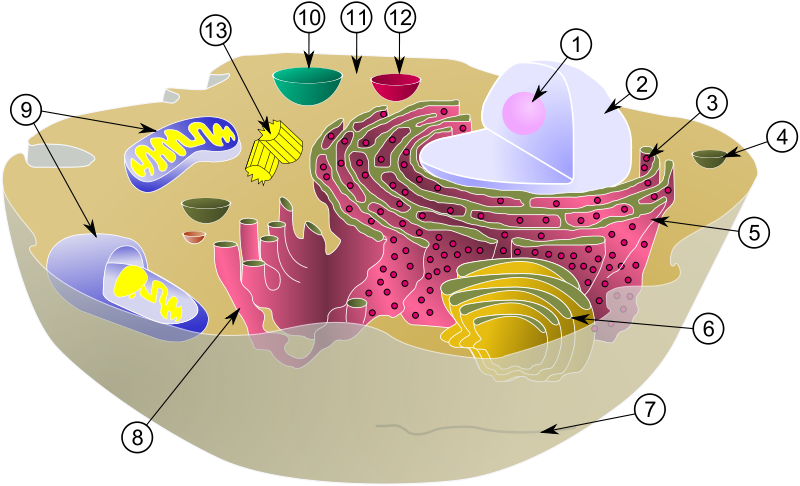-
 Carbonatite
Carbonatite
-
 Undermining
Undermining
-
 Bus
Bus
-
 Febrile
Febrile
-
 H.323
H.323
-
 Pike
Pike
-
 Ciconiiformes
Ciconiiformes
-
 Concentration
Concentration
-
 Sun-synchronous
Sun-synchronous
-
 Star
Star
-
 Cecidium
Cecidium
-
 Embedding diagram
Embedding diagram
-
 Interstellar cloud
Interstellar cloud
-
 Sarcoma
Sarcoma
-
 Bisphenol A
Bisphenol A
-
 Ocytocin
Ocytocin
-
 Peritonitis
Peritonitis
-
 Technical assessment
Technical assessment
-
 Handkerchief tree
Handkerchief tree
-
 Tiagabine
Tiagabine
-
 Allosteric site
Allosteric site
-
 Launch vehicle
Launch vehicle
-
 Topiramate
Topiramate
-
 Pre-combustion separation of CO2
Pre-combustion separation of CO2
-
 Pyruvic acid
Pyruvic acid
-
 Albinism
Albinism
-
 ATPase
ATPase
-
 Endogamy
Endogamy
-
 Isostasy
Isostasy
-
 Planck length
Planck length
Nucleolus
The nucleolus is a eukaryotic cellular organelle located in the nucleus.
Structure of the nucleolus
The nucleolus is a region of the nucleus which can be seen under light microscopy (using basic dyes) and electron microscopy (it is dense to electrons). The nucleolus is considered to be an organelle but is not, however, surrounded by a lipid membrane and is not therefore physically separated from the nucleus.
It is usually single but several copies may be present depending on its activity and it may disappear during cell division.
Function of the nucleolus
The nucleolus is where ribosomal RNA (rRNA) is transcribed by the enzyme RNA polymerase 1. These rRNA (18S, 5.8S and 28S) are involved in the production of the ribosomes in combination with ribosomal proteins through a process which is also facilitated by factors contained in the nucleolus
 Diagram of a typical animal cell with its organelles: 1. Nucleolus ; 2. Nucleus ; 3. Ribosome ; 4. Vesicle ; 5. Rough (or granular) endoplasmic reticulum , also called ergastoplasm ; 6. Golgi apparatus; 7. Cytoskeleton ; 8. Smooth endoplasmic reticulum ; 9. Mitochondrium ; 10. Vacuole ; 11. Cytosol ; 12. Lysosome ; 13. Centriole. © MesserWoland and Szczepan1990, Wikimedia, CC by-sa 3.0
Diagram of a typical animal cell with its organelles: 1. Nucleolus ; 2. Nucleus ; 3. Ribosome ; 4. Vesicle ; 5. Rough (or granular) endoplasmic reticulum , also called ergastoplasm ; 6. Golgi apparatus; 7. Cytoskeleton ; 8. Smooth endoplasmic reticulum ; 9. Mitochondrium ; 10. Vacuole ; 11. Cytosol ; 12. Lysosome ; 13. Centriole. © MesserWoland and Szczepan1990, Wikimedia, CC by-sa 3.0
Latest
Fill out my online form.



